Nanostone Water Innovative Ceramic Membrane technology in Water Treatment Applications
Nanostone Water Innovative Ceramic Membrane technology in Water Treatment Applications
Credit to:https://www.nanostone.com/
Usually dispatched in 2 to 3 days
Usually dispatched in 2 to 3 days
Category:
Wastewater Treatment
Biggest Desalination Pretreatment Issues Today
- Pre-treatment for desalination is a serious global problem
- Many membrane pre-treatment systems are underperforming or failing
- Some recoveries are down to 40%
- • Lack of DOC removal leads to RO fouling
- • Sea water presents treatment issues – very different than fresh surface water
- • high algae concentrations
- • high solids
- • corrosive nature of seawater
- • Need a form of pre-treatment that is specifically suitable and robust for these issuesNanostone Module (Unive
Only logged in customers who have purchased this product may leave a review.
Related products
Agricultural Wastewater Treatment
In many semiarid and arid countries, water is now becoming an increasingly limited resource and managers are forced to take into account sources of water that may be used economically and efficiently to encourage further development. Simultaneously, with the population increasing at a high rate, the requirement for increased production of food is apparent. The prospective for irrigation to increase both the agricultural productivity and living standards of the poor has long been acknowledged. Irrigated agriculture occupies nearly 17% of the total arable land in the world but the yield from this land includes about 34% of the world total. This perspective is even more distinct in arid areas like the Near East Region, where only 30% of the cultivated land is irrigated but it yields around 75% of total agricultural production. In the same area, more than 50% of the food necessities are imported and the increased rate in demand for the food surpasses the rate of an upsurge in agricultural production (Tunney et al., 2000).
Agricultural Wastewater Treatment
In many semiarid and arid countries, water is now becoming an increasingly limited resource and managers are forced to take into account sources of water that may be used economically and efficiently to encourage further development. Simultaneously, with the population increasing at a high rate, the requirement for increased production of food is apparent. The prospective for irrigation to increase both the agricultural productivity and living standards of the poor has long been acknowledged. Irrigated agriculture occupies nearly 17% of the total arable land in the world but the yield from this land includes about 34% of the world total. This perspective is even more distinct in arid areas like the Near East Region, where only 30% of the cultivated land is irrigated but it yields around 75% of total agricultural production. In the same area, more than 50% of the food necessities are imported and the increased rate in demand for the food surpasses the rate of an upsurge in agricultural production (Tunney et al., 2000).
Advanced Wastewater Treatment By Nanofiltration And Activated Carbon For High Quality Water Reuse
Hybrid processes combining activated carbon and nanofiltration have been studied to identify the optimum solution for advanced wastewater treatment in high quality water reclamation and reuse. With a focus on the removal of bulk and trace organic compounds the investigation identified three promising process combinations, namely powdered activated carbon followed by nanofiltration (PAC/NF), granular activated carbon followed by nanofiltration (GAC/NF) and nanofiltration followed by granular activated carbon (NF/GAC). The removal potential was examined in lab and pilot scale for a range of refractory pharmaceuticals and industrial chemicals typically detected in effluent in trace concentrations ranging from ng/L to μg/L. Fluorescence excitation emission spectroscopy was employed for the investigation of the fate of effluent organic matter. The optimum strategies for operation of the hybrid processes were determined in pilot scale. The experiments were conducted at the Wastewater Treatment Plant Aachen Soers providing an effluent of high quality with low dissolved organic carbon (DOC) concentrations of about 5 mg/L.
Advanced Wastewater Treatment By Nanofiltration And Activated Carbon For High Quality Water Reuse
Hybrid processes combining activated carbon and nanofiltration have been studied to identify the optimum solution for advanced wastewater treatment in high quality water reclamation and reuse. With a focus on the removal of bulk and trace organic compounds the investigation identified three promising process combinations, namely powdered activated carbon followed by nanofiltration (PAC/NF), granular activated carbon followed by nanofiltration (GAC/NF) and nanofiltration followed by granular activated carbon (NF/GAC). The removal potential was examined in lab and pilot scale for a range of refractory pharmaceuticals and industrial chemicals typically detected in effluent in trace concentrations ranging from ng/L to μg/L. Fluorescence excitation emission spectroscopy was employed for the investigation of the fate of effluent organic matter. The optimum strategies for operation of the hybrid processes were determined in pilot scale. The experiments were conducted at the Wastewater Treatment Plant Aachen Soers providing an effluent of high quality with low dissolved organic carbon (DOC) concentrations of about 5 mg/L.
Advanced wastewater treatment for separation and removal of pharmaceutical residues and other hazardous substances
The Swedish Environmental Protection Agency (EPA) has determined a need to introduce advanced treatment for pharmaceutical residues in wastewater. An additional benefit of such a treatment is that it would also include the treatment of other hazardous substances.The extent to which pharmaceutical residues risk becoming a problem depends on local conditions such as the sensitivity of the receiving waters. While this is an important variable to consider, the Swedish EPA believes that the sensitivity of the receiving waters should not be the only consideration when setting requirements for treatment. The amount of released pharmaceutical residues and long-term effects should also be considered in decision making and justification. The investment and operational costs of introducing advanced treatment depend in part on the size and current capacity of treatment facilities, which is why size limitations can be an additional consideration when setting requirements.
Advanced wastewater treatment for separation and removal of pharmaceutical residues and other hazardous substances
The Swedish Environmental Protection Agency (EPA) has determined a need to introduce advanced treatment for pharmaceutical residues in wastewater. An additional benefit of such a treatment is that it would also include the treatment of other hazardous substances.The extent to which pharmaceutical residues risk becoming a problem depends on local conditions such as the sensitivity of the receiving waters. While this is an important variable to consider, the Swedish EPA believes that the sensitivity of the receiving waters should not be the only consideration when setting requirements for treatment. The amount of released pharmaceutical residues and long-term effects should also be considered in decision making and justification. The investment and operational costs of introducing advanced treatment depend in part on the size and current capacity of treatment facilities, which is why size limitations can be an additional consideration when setting requirements.
Innovative Process for Granulation of Continuous Flow Conventional Activated Sludge
The objective of this presentation is to:
• Introduce Aerobic Granular Sludge (AGS), including mechanisms for formation and benefits
• Present performance data for a Nereda® SBR pilot
• AECOM’s continuous-flow granular sludge process for BNR infra-stretching or footprint reductions
Innovative Process for Granulation of Continuous Flow Conventional Activated Sludge
The objective of this presentation is to:
• Introduce Aerobic Granular Sludge (AGS), including mechanisms for formation and benefits
• Present performance data for a Nereda® SBR pilot
• AECOM’s continuous-flow granular sludge process for BNR infra-stretching or footprint reductions
A study on The Removal of Some Phenolic Compounds from Wastewater
ABSTRACT:
The removal by means of Advanced Oxidation Processes (AOPs) is an attractive option for the treatment of industrial wastewater containing phenolic compounds in an environmental . The present work would summarize some AOPs technologies focusing only on heterogeneous catalytic removal of phenol and highlighting the catalysts activity and reaction conditions. The catalysts used were H ZSM-5,H-Mordenite and Bentonite. H-ZSM-5,H-Mordenite doped with Platinum (Pt) were prepared and characterized by using X-ray diffraction analysis (XRD), thermal analysis, Scanning electron microscopy, High Resolution Transmission electron microscopy, pluse titration measurements, nitrogen adsorption desorption at -196°C. the experimental parameters affecting the removal efficiency were time, temperature, pH, initial phenol concentrations, catalyst dose and the effect of irradiating with Ultraviolet (UV –C) were studied . The optimum conditions for the removal of each catalyst were investigated .
A study on The Removal of Some Phenolic Compounds from Wastewater
ABSTRACT:
The removal by means of Advanced Oxidation Processes (AOPs) is an attractive option for the treatment of industrial wastewater containing phenolic compounds in an environmental . The present work would summarize some AOPs technologies focusing only on heterogeneous catalytic removal of phenol and highlighting the catalysts activity and reaction conditions. The catalysts used were H ZSM-5,H-Mordenite and Bentonite. H-ZSM-5,H-Mordenite doped with Platinum (Pt) were prepared and characterized by using X-ray diffraction analysis (XRD), thermal analysis, Scanning electron microscopy, High Resolution Transmission electron microscopy, pluse titration measurements, nitrogen adsorption desorption at -196°C. the experimental parameters affecting the removal efficiency were time, temperature, pH, initial phenol concentrations, catalyst dose and the effect of irradiating with Ultraviolet (UV –C) were studied . The optimum conditions for the removal of each catalyst were investigated .
Advanced Oxidation Processes for Water Treatment
This book provides an overview of the most studied AOPs, some of which are largely implemented for water remediation. The fundamental principles, kinetic modeling, water quality impact on process performance, byproduct formation, economics, examples of research and pilot studies, full-scale applications and future research needs are discussed for each advanced oxidation process.
Advanced Oxidation Processes for Water Treatment
This book provides an overview of the most studied AOPs, some of which are largely implemented for water remediation. The fundamental principles, kinetic modeling, water quality impact on process performance, byproduct formation, economics, examples of research and pilot studies, full-scale applications and future research needs are discussed for each advanced oxidation process.
Chemical Cleaning Of Ultrafiltration Membrane After Treatment Of Oily Wastewater
Abstract:
Oily wastewaters and Oil–in-water emulsions are two of the major pollutants of the environment. Ultrafiltration (UF) membranes play an important role in the treatment and reuse of oily wastewaters. Fouling of UF membranes is typically caused by inorganic and organic materials present in wastewaters that adhere to the surface and pores of the membrane and result in the deterioration of performance with a consequent increase in energy costs and membrane replacement. In the experiments, polyacrylonitrile (PAN) and outlet wastewater of the API (American Petroleum Institute) separator unit of Tehran refinery as membrane and feed were used, respectively. Fouling and cleaning experiments were performed with oily wastewater and selected cleaning agents using a laboratory scale cross flow test unit. The results showed that metal chelating agent (ethylene diamine tetra acetic acid disodium salt-2-hydrate (EDTA)) and an anionic surfactant (sodium dodecyl sulfate (SDS)) were able to Clean the fouled UF membrane effectively by optimizing chemical (pH) and physical
(cleaning time, cross flow velocity (CFV) and temperature) conditions during cleaning. Flux recovery and resistance removal were found to improve with increasing CFV, temperature, pH, cleaning time and concentration of the cleaning chemicals. In this paper, the cleaning mechanism is also investigated.
Chemical Cleaning Of Ultrafiltration Membrane After Treatment Of Oily Wastewater
Abstract:
Oily wastewaters and Oil–in-water emulsions are two of the major pollutants of the environment. Ultrafiltration (UF) membranes play an important role in the treatment and reuse of oily wastewaters. Fouling of UF membranes is typically caused by inorganic and organic materials present in wastewaters that adhere to the surface and pores of the membrane and result in the deterioration of performance with a consequent increase in energy costs and membrane replacement. In the experiments, polyacrylonitrile (PAN) and outlet wastewater of the API (American Petroleum Institute) separator unit of Tehran refinery as membrane and feed were used, respectively. Fouling and cleaning experiments were performed with oily wastewater and selected cleaning agents using a laboratory scale cross flow test unit. The results showed that metal chelating agent (ethylene diamine tetra acetic acid disodium salt-2-hydrate (EDTA)) and an anionic surfactant (sodium dodecyl sulfate (SDS)) were able to Clean the fouled UF membrane effectively by optimizing chemical (pH) and physical
(cleaning time, cross flow velocity (CFV) and temperature) conditions during cleaning. Flux recovery and resistance removal were found to improve with increasing CFV, temperature, pH, cleaning time and concentration of the cleaning chemicals. In this paper, the cleaning mechanism is also investigated.


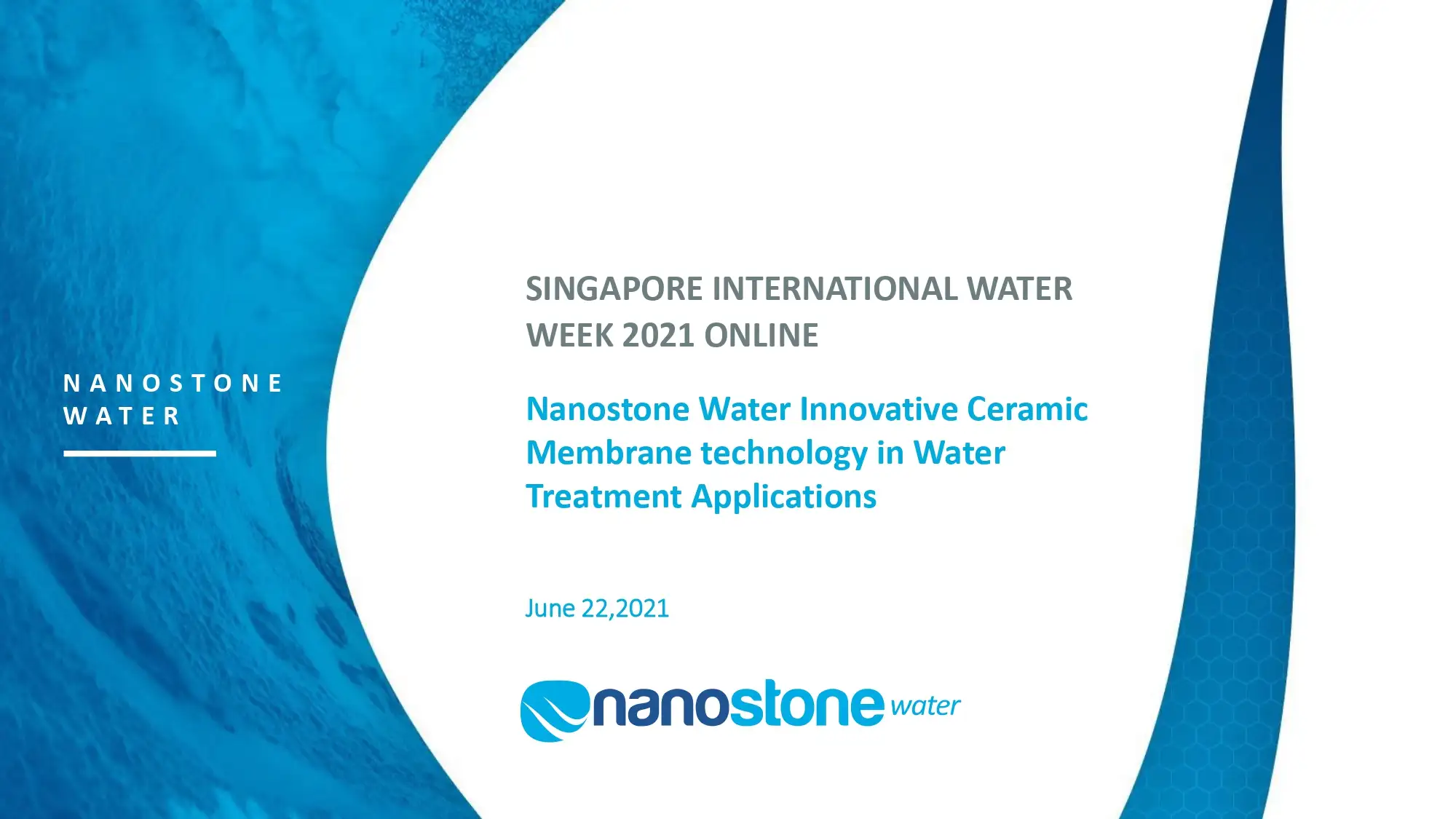
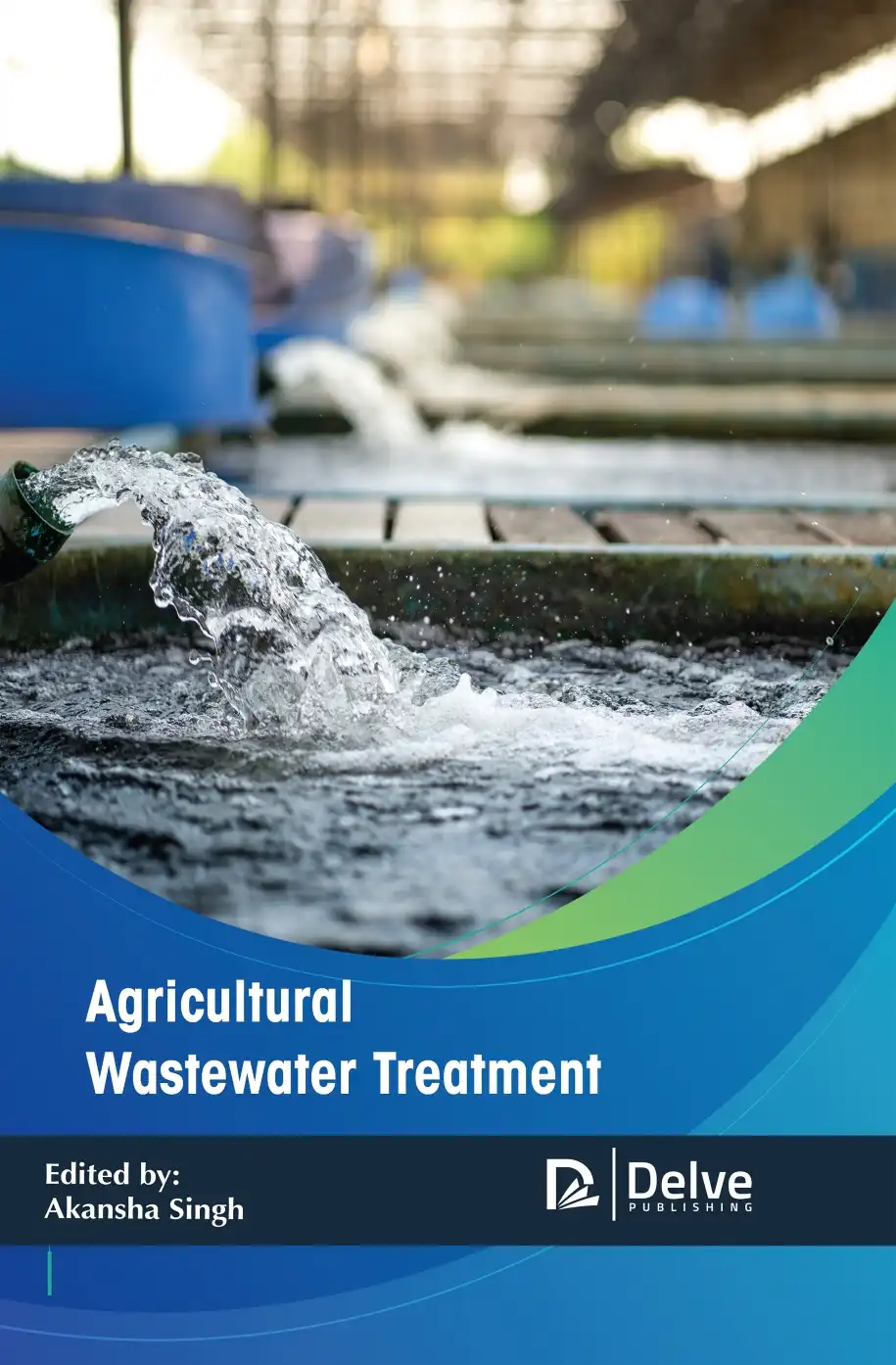
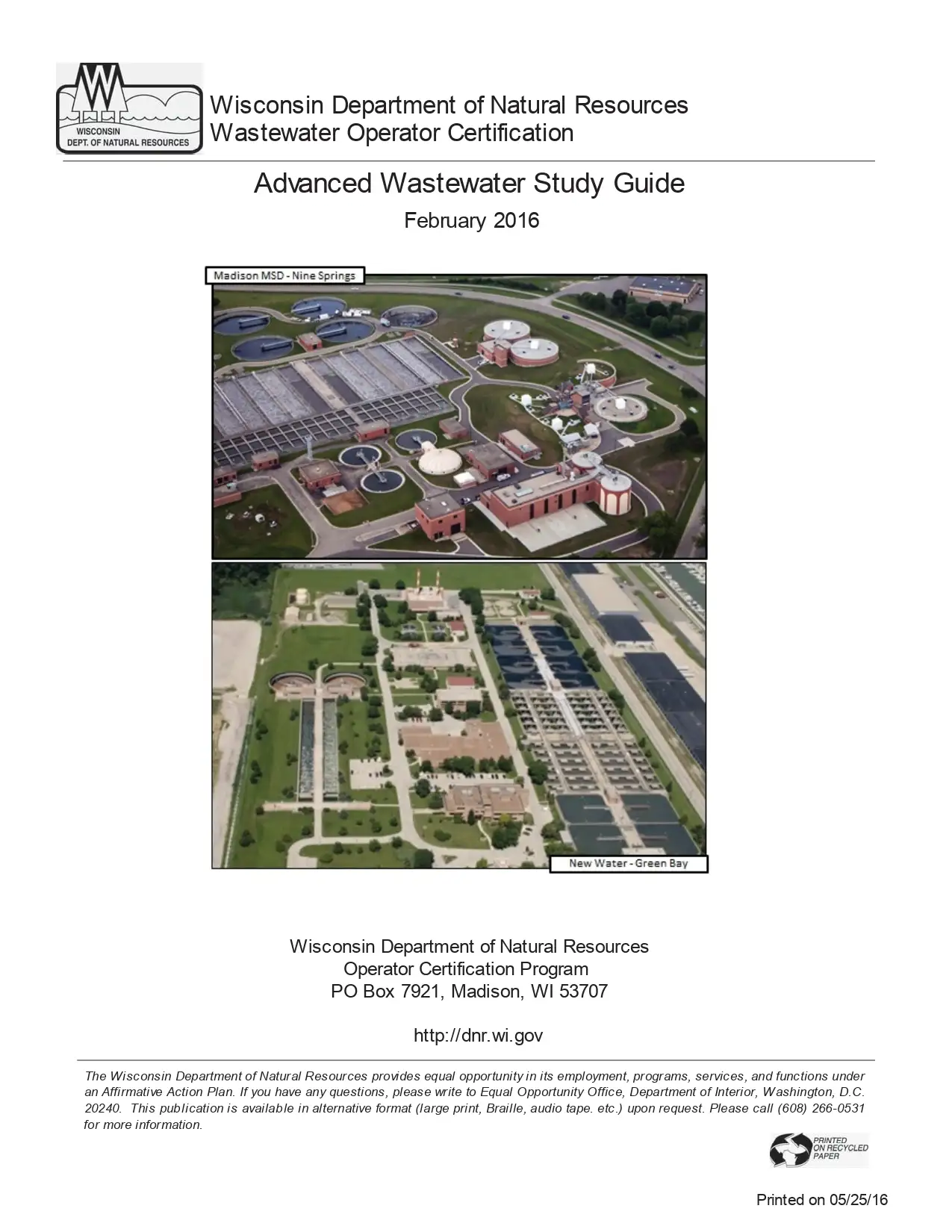
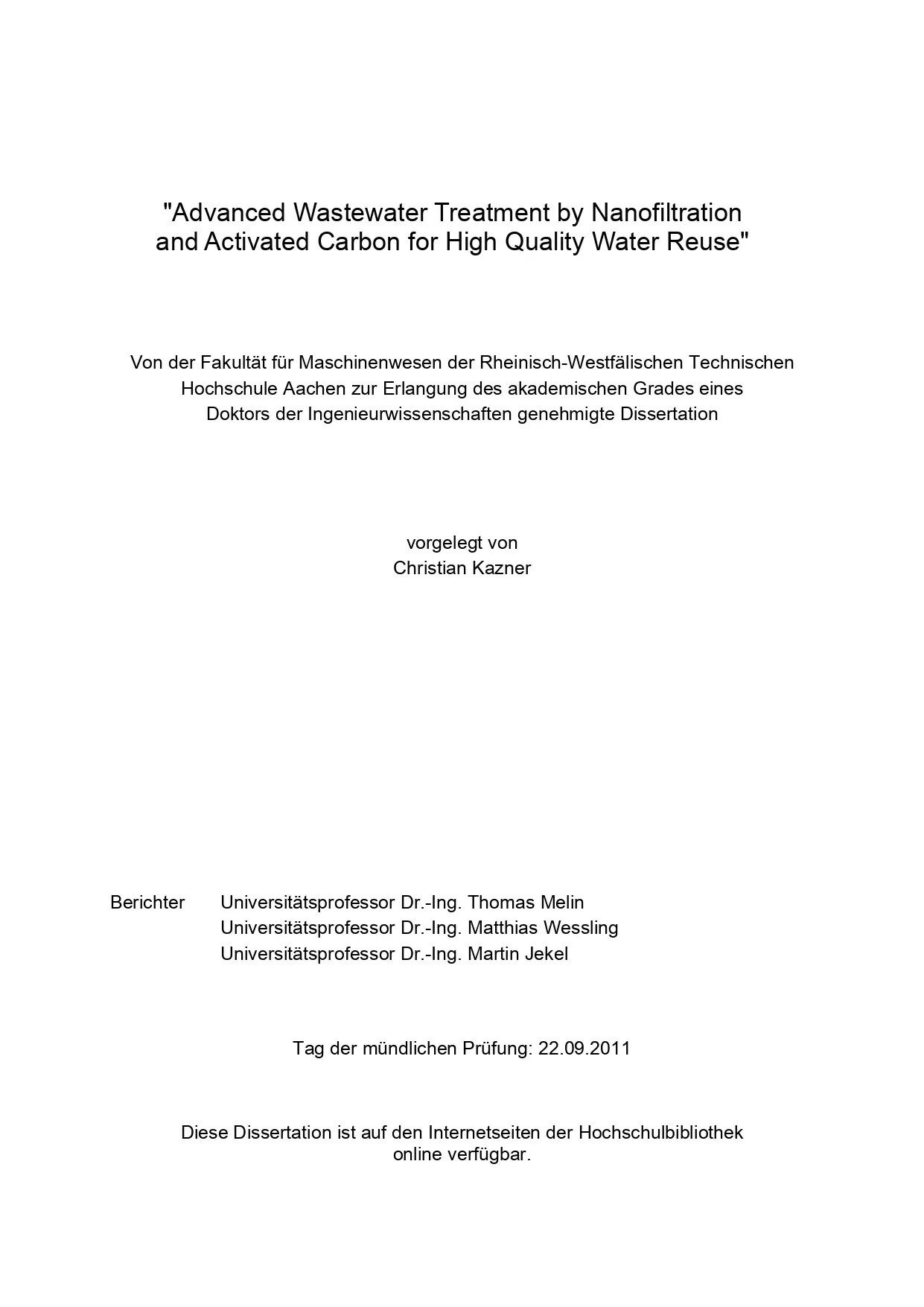
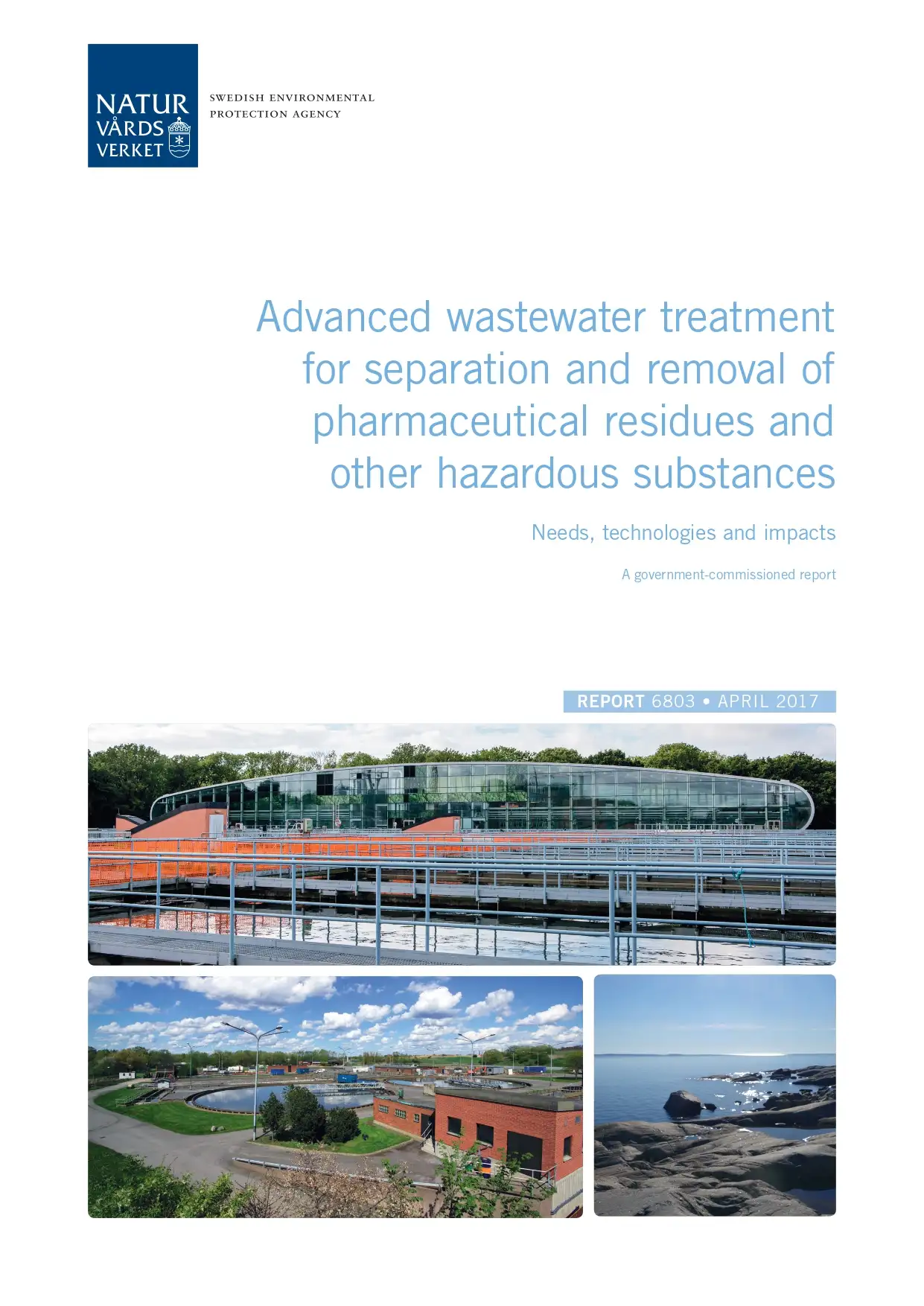

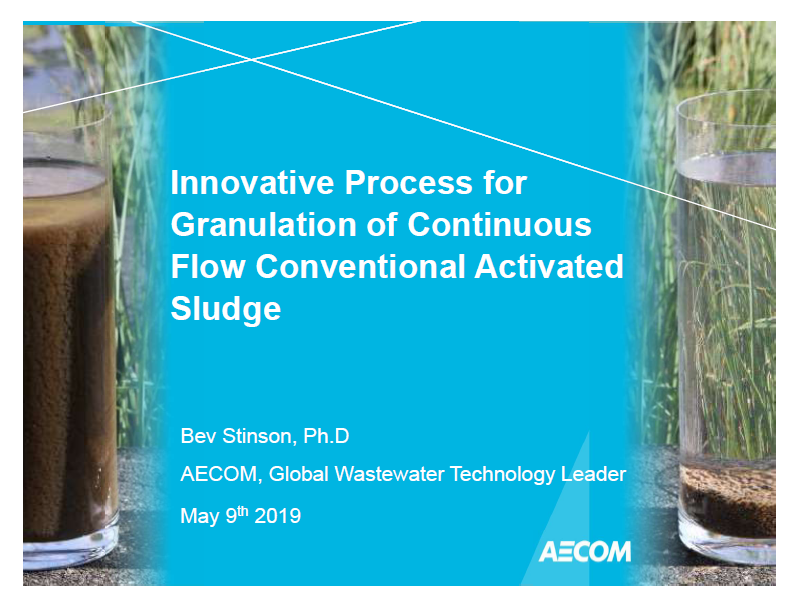
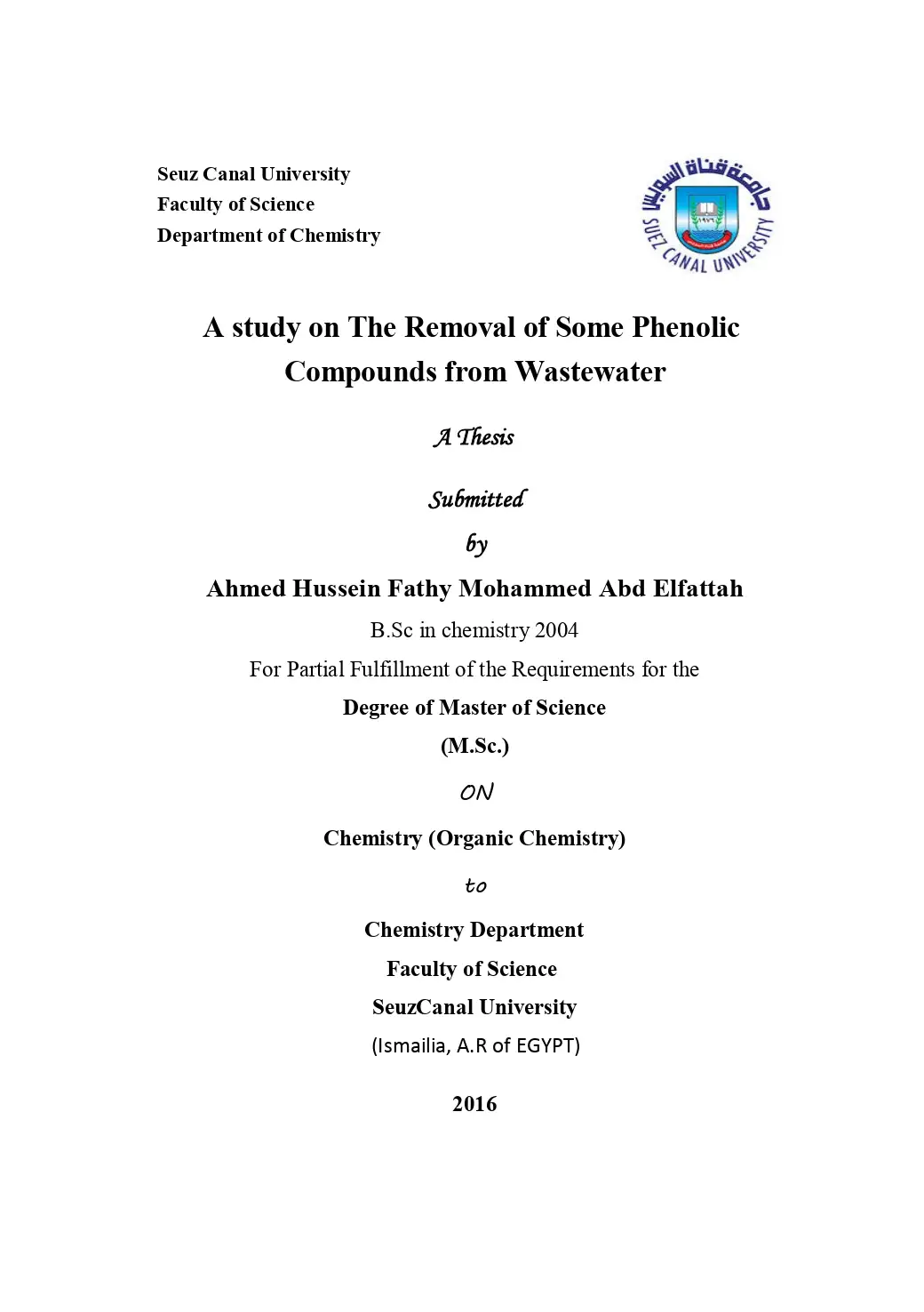
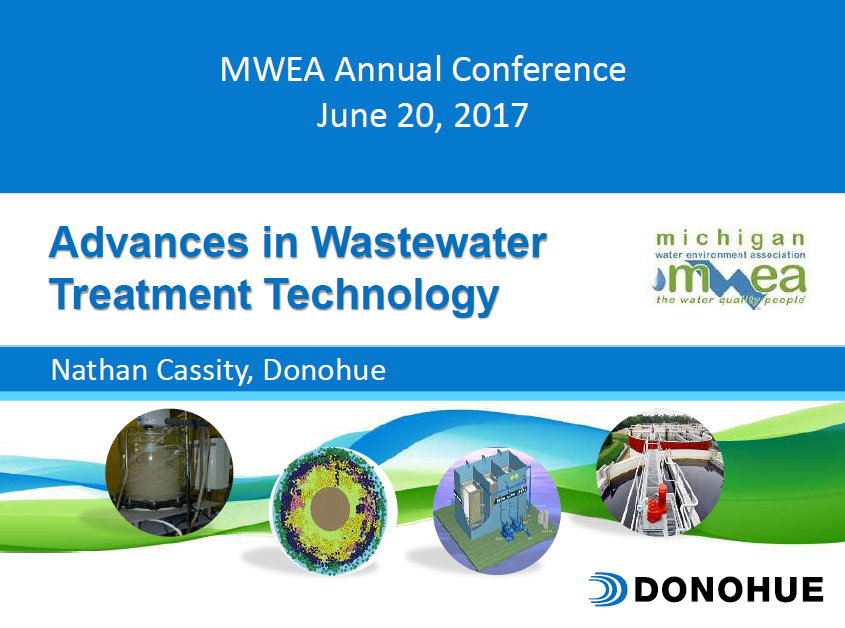
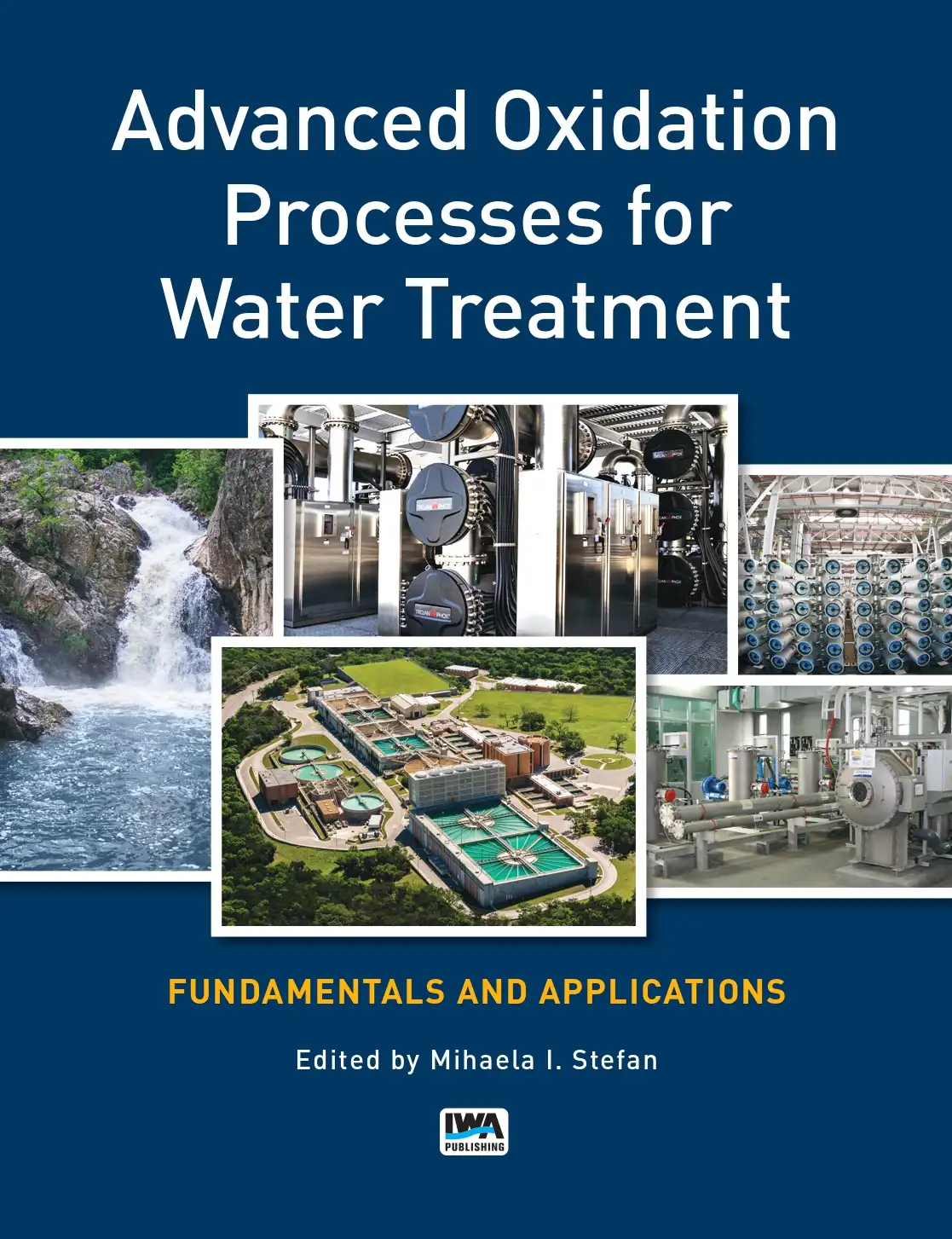
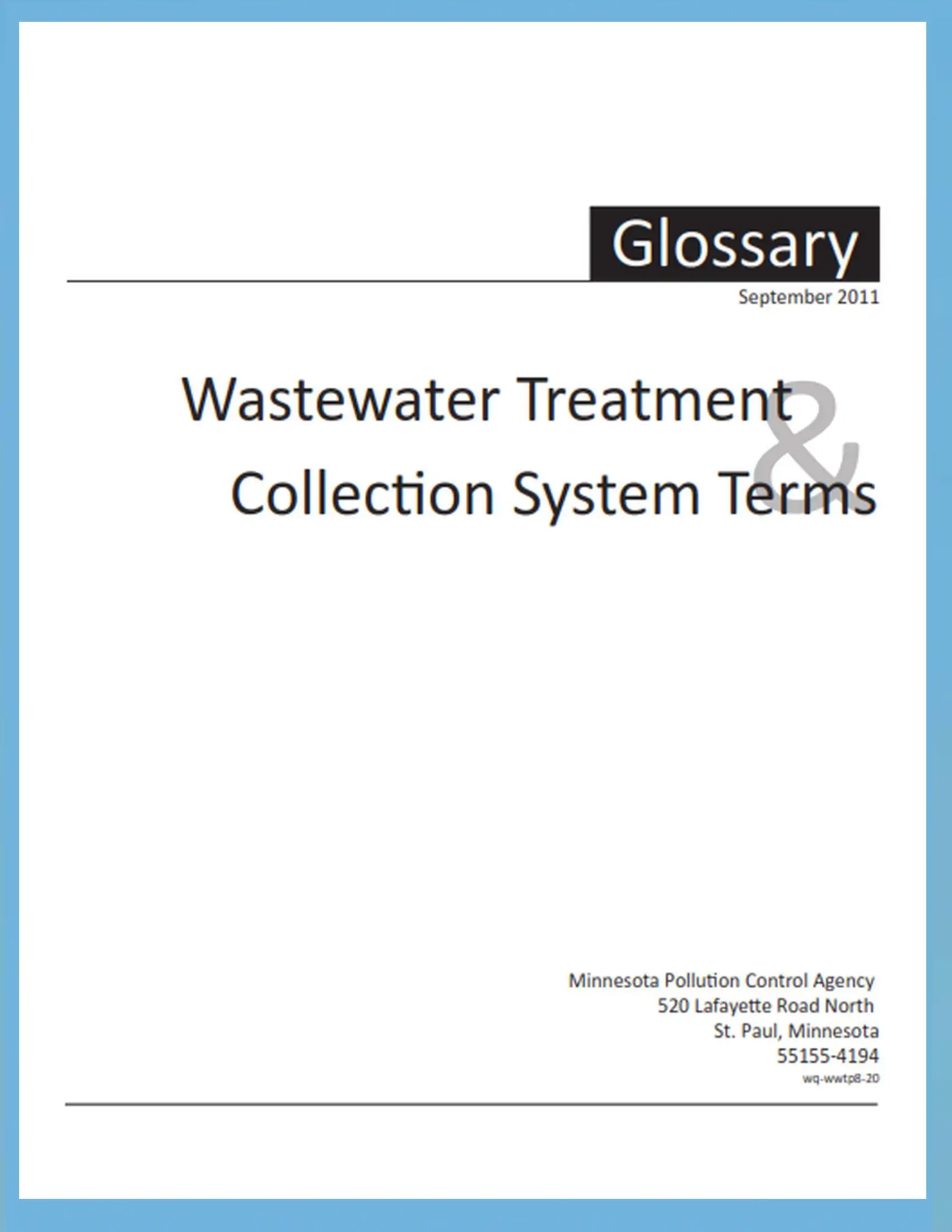
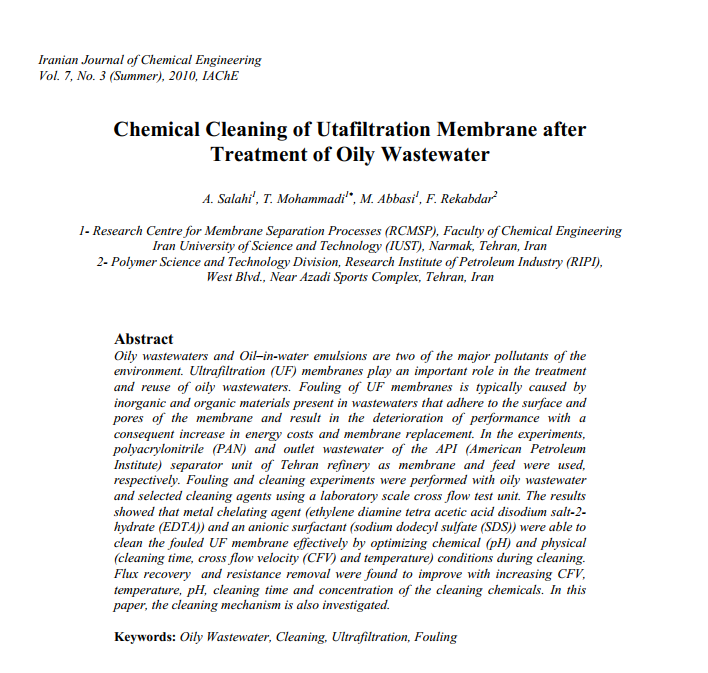
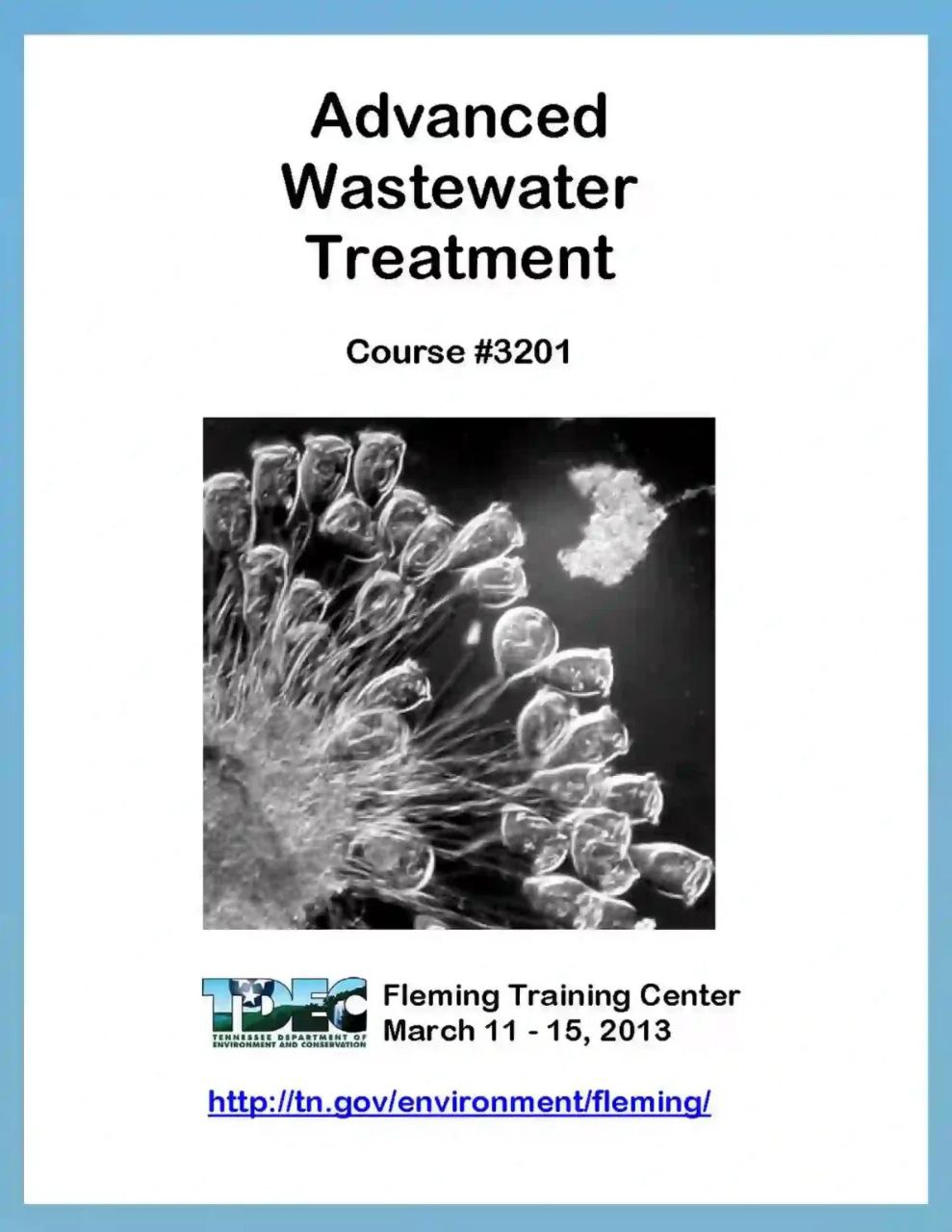
Reviews
There are no reviews yet.